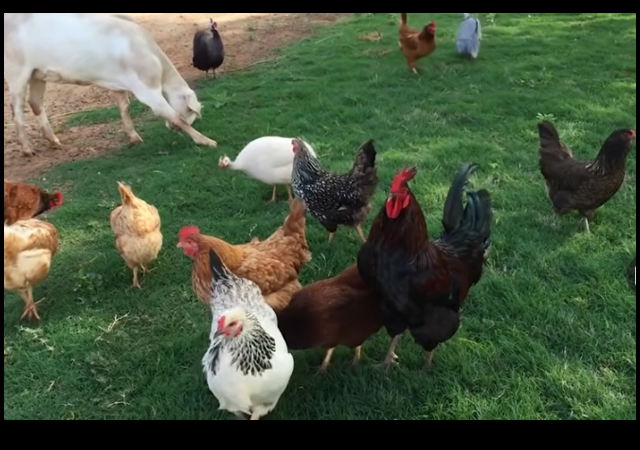Bird Flu Poised to Become Endemic in the US

We have been covering reports related to the severe strain of the bird flu, which has a high lethality rate and has decimated poultry farms across the US.
New reports indicate that this country’s bird flu will probably become endemic.
The outbreak is “wiping out everything in numbers we’ve never seen before,” Jennifer Mullinax, an assistant professor of environmental science and technology at the University of Maryland, told Sky News. The new H5N1 strain has already killed over 58 million chickens, turkeys, and other birds, Reuters reported.The US is no stranger to the impact of the disease, with the H5N8 strain having led to the culling of 50 million birds in 2015. But the new, more contagious strain is particularly affecting wild birds, Sky News reported.”Unlike H5N8, this disease is heavily impacting wild birds,” Johanna Harvey, a postdoctoral researcher and the lead author of the study published in Conservation Biology at the University of Maryland, said.”It’s difficult to estimate how many birds are truly affected across wild populations, but we’re seeing dramatic disease impacts in raptors, sea birds, and colonial nesting birds. And we now have the highest amount of poultry loss to avian influenza, so this is a worst-case scenario,” she added.The researchers believe that bird flu will probably become endemic — a phenomenon where a disease is constantly present within an area or community in the US — which could affect food security and the economy.
My colleague Mary Chastain noted that the US was considering new vaccines for poultry to combat the spread. However, this idea is not fully embraced by poultry farmers, who have concerns about consequences.
Skeptics of poultry vaccination say that’s the right approach. Immunizing flocks, they argue, could allow the virus to spread silently—not reducing the threat of an avian flu pandemic but simply making it more difficult to detect. And the current practice of “stamping out” outbreaks has worked: Before the current HPAI strain surfaced in U.S. flocks in February 2022, no HPAI had swept through since 2015. But in the face of the largest HPAI outbreak on record, both the United States and Europe are rethinking their hesitancy.Many questions remain about how, exactly, to use a vaccine in countries that have relied on culling. And because of the uncertain U.S. market, companies are reluctant to invest in moving beyond the initial steps of making vaccines against the current variant and embarking on the rigorous and costly process of seeking regulatory approval.“There’s no incentive at all,” says microbiologist Mahesh Kumar, who heads global biologics R&D for Zoetis, which makes vaccines for pets and livestock and sells an HPAI vaccine outside the United States. “It’s very, very difficult for anybody to continue to invest in that space.”
Now some of the world’s leading makers of flu vaccines suggest they could make hundreds of millions of bird flu shots for humans within months if a new strain of avian influenza ever jumps across the species divide (which we are assured is a low possibility).
Executives at three vaccine manufacturers – GSK Plc (GSK.L) Moderna Inc (MRNA.O) and CSL Seqirus, owned by CSL Ltd (CSL.AX) – told Reuters they are already developing or about to test sample human vaccines that better match the circulating subtype, as a precautionary measure against a future pandemic.Others, like Sanofi (SASY.PA), said they “stand ready” to begin production if needed, with existing H5N1 vaccine strains in stock.
CLICK HERE FOR FULL VERSION OF THIS STORY